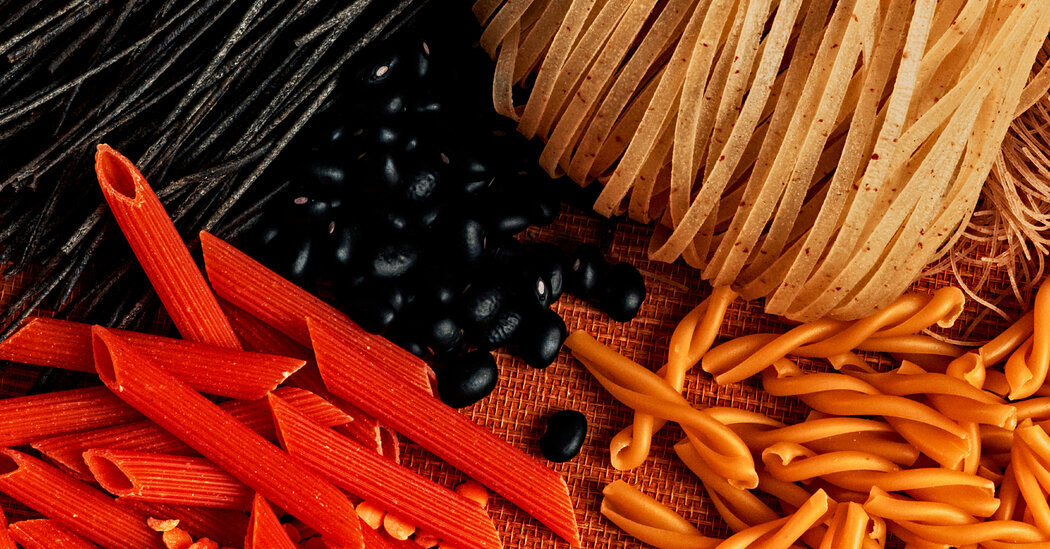We asked experts about the health benefits of legume pasta — and how to make it taste good, too.
When Maya Vadiveloo’s 9-year-old decided to become a vegetarian, cooking dinner turned into a challenge.
Dr. Vadiveloo, an associate professor of nutrition at the University of Rhode Island, wanted to make sure her daughter had enough protein and other nutrients. Legumes — a category of vegetables rich in protein, vitamins and minerals — were an easy way to accomplish the goal.
She whipped up meals like sweet-and-sour tofu, black-bean tacos and tofu stir-fry. Her daughter, however, wasn’t always in the mood for tofu or beans.
Buttered pasta is one of her daughter’s favorites, Dr. Vadiveloo said, so she uses pasta made from chickpeas or lentils.
“I try not to trick her,” Dr. Vadiveloo explained, but like most 9-year-olds, her daughter doesn’t always realize that she’s eating legumes in another form.
Pastas made from lentils, chickpeas and beans are a smart way for children and adults alike to consume the nutrients they need. And nutrient-dense pasta is healthier than white pasta, which has little fiber or protein. But you might be wondering: How does a plate of legume pasta compare with the legumes themselves?
